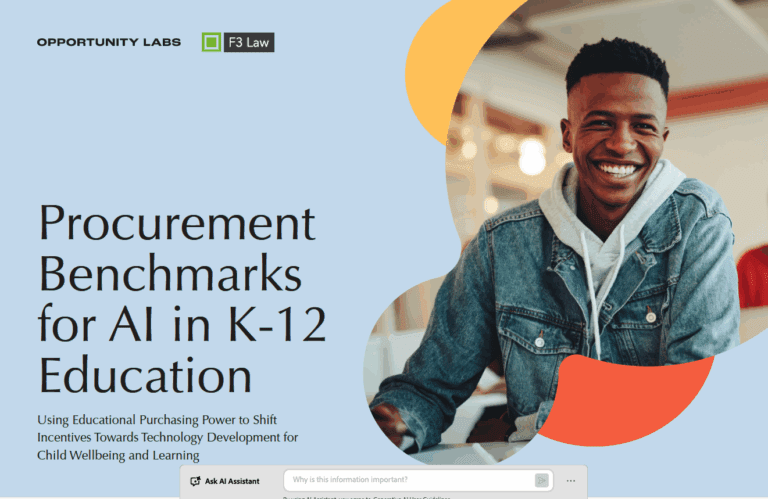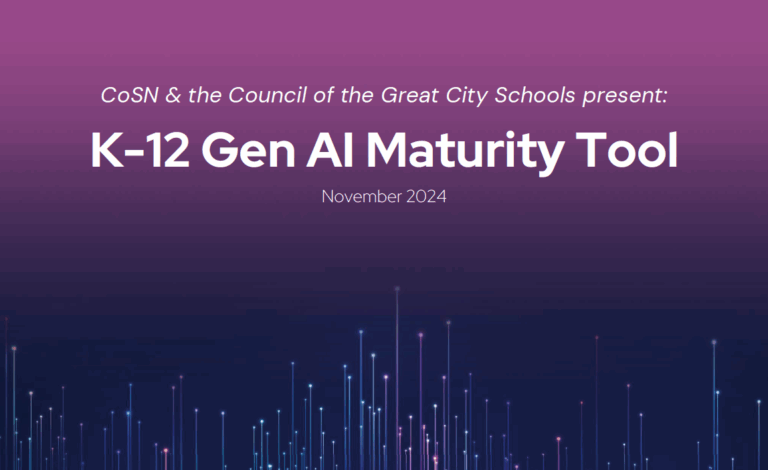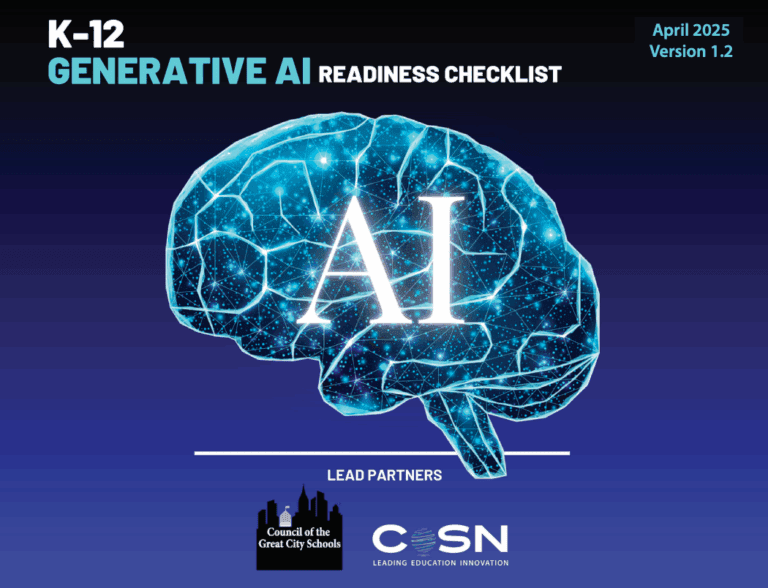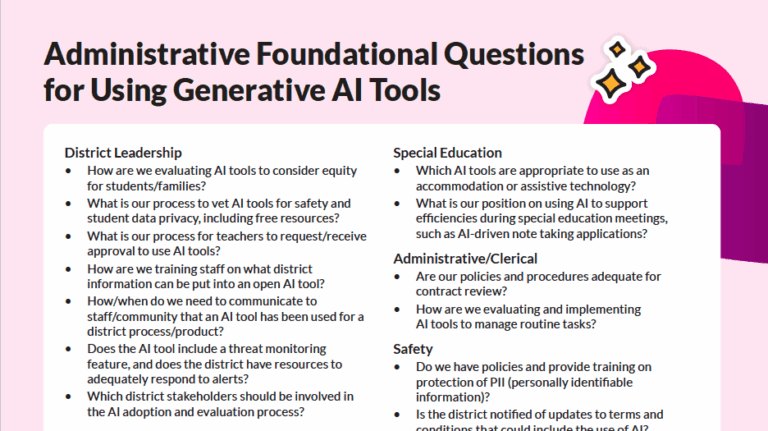1. Educate yourself
Progress, as we know, requires education. Even if you leave all the heavy lifting to an analytics service, take an analytics skills aptitude test and check out this Forbes article on analytics self-training.
2. Rethink your goals in the context of data
Big data has revolutionized trends in marketing and sales across the world but has been a little slower in impacting the education sphere.
To get on board, look for a platform that helps you design a comprehensive analytical story — one that includes enrollment data, student demographics, student achievement, staffing, and financial insights. Your findings can help you see new actions that the district could take to improve efficiencies, achievement, and ultimately “Academic ROI.”
Analytics programs can help you answer questions like:
- Are my investments producing a rate of return?
- How do I compare to my peer groups?
- Where is the optimal space to make budget cuts?
- How is my data trending over time?
- How can I communicate my findings?
3. Create visual, accessible content
Human brains process images faster than text and are much more likely to remember content that includes images.
Armed with actionable and quantitative data using modern resources, you can easily generate powerful, striking charts and visuals very quickly, and approach initiative results from new angles. Try using one of the internet’s many free or inexpensive infographic services if you don’t have one already.
Now that you have useful data, make sure that it can be proactively utilized as soon as possible. Delayed reporting is detrimental to accountability testing. In order to add to their immediate future planning, district and school leaders should have easy access to data that is relevant to their work. As EdWeek points out in their guide to using data: until recently, huge amounts of school data was electronically stored but unused in practice.
4. Improve communications
Now that you are saving all of the time you used to spend scrutinizing spreadsheets and preparing pivot tables after analyzing your revenue stream, you have more time to communicate financial information with your stakeholders (in an appealing visual format).
With new and improved strategic plans in place, you can report on successes and tie them back to specific goals. You can tap into the analytic tool to answer questions from staff members, policymakers, or citizens, and quickly present quantified results. Then, informed decisions can be made to move forward or to step away from current trends.
5. Problem-solve with numbers
Data-driven planning reduces emotional decision-making, which can be heightened in tougher issues such as ending popular but unsuccessful programs or closing schools. Let your data curb speculative assumptions and feelings.
A real-time analysis of data should elevate conversations with and between stakeholders. Link data to teacher evaluation and professional development needs. Even if data shows a negative trend, it’s better to get out in front of the problem or failing program than to “let it fail.” That way, you can shape the conversation with innovative solutions and foresight. Using analytic tools, you can show how, for example, increasing costs for one program impacts your overall budget, then model a variety of scenarios and forecast the impact of that decision with higher accuracy.
Without analytics, it’s difficult to determine which data points are most important to your decision-making. There are probably items in your general ledger that only you need to understand. By analyzing your data, you can save the time you need to focus on communicating priorities and strategic forecasting.




































I agree with the statement human brains process images faster than text and are much for likely to remember images.
I agree with the statement human brains process images faster than text and are much more likely to remember images in context.